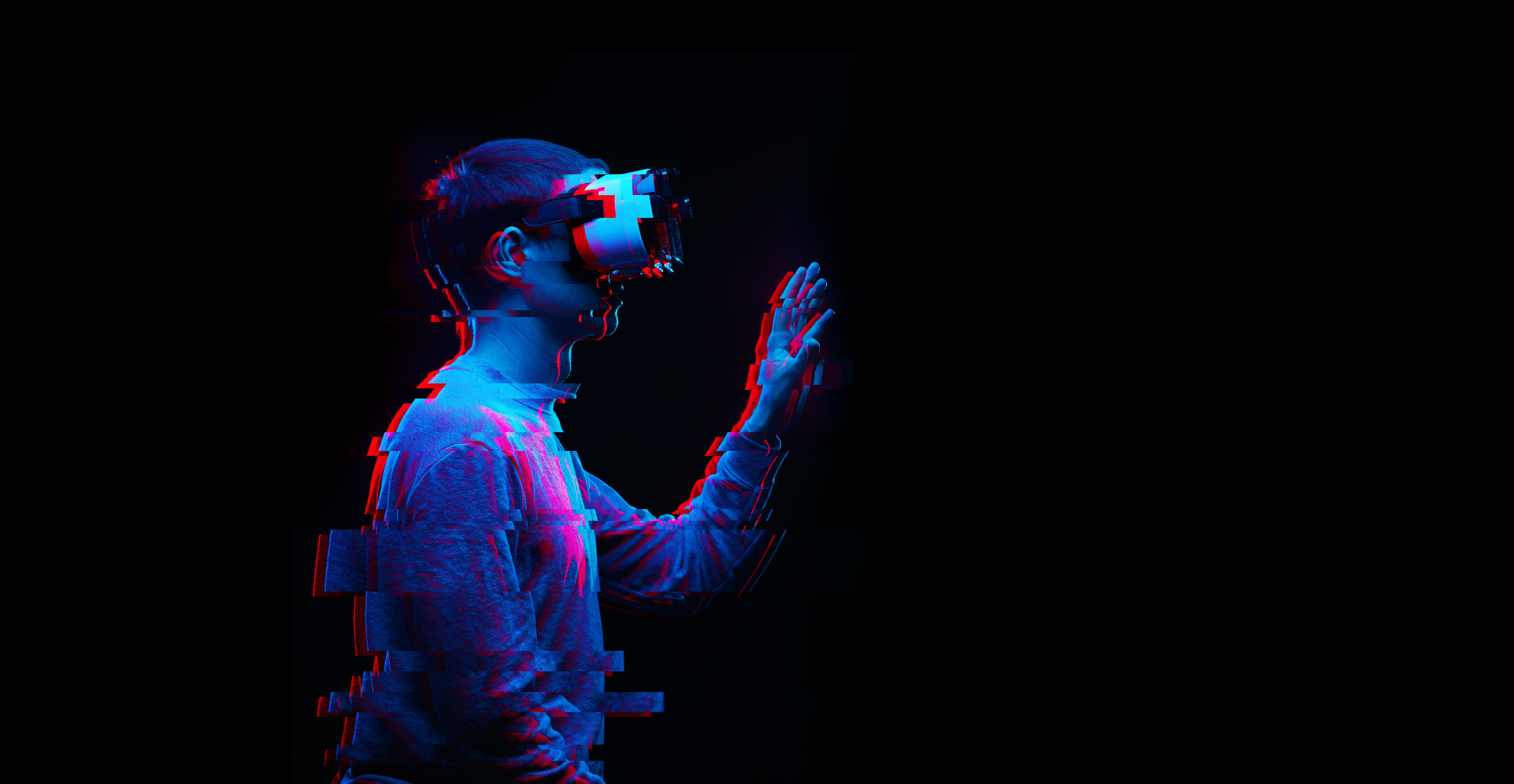- Center on Health Equity & Access
- Clinical
- Health Care Cost
- Health Care Delivery
- Insurance
- Policy
- Technology
- Value-Based Care
VR-Based Pulmonary Rehabilitation More Effective in Patients With COPD, Study Says
Virtual reality (VR) combined with pulmonary rehabilitation was more effective than pulmonary rehabilitation alone in improving the pulmonary function, exercise capacity, and mental health of patients with chronic obstructive pulmonary disease (COPD).
Virtual reality (VR)–based regimens could be used to enhance the therapeutic effect of pulmonary rehabilitation in patients with chronic obstructive pulmonary disease (COPD), according to a study published in Medicine.
The researchers explained that pulmonary rehabilitation, which includes exercise training, psychological support, and nutritional supplements, is considered the most effective treatment for patients with COPD; it can help to improve exercise capacity, as well as reduce fatigue and respiratory distress. Despite this, they noted that adherence to pulmonary rehabilitation is an issue due to financial struggles, geographical distance, lack of motivation, and inconvenience.
To increase adherence, the World Health Organization (WHO) recommended using digital technologies, which have led to the implementation of personalized pulmonary rehabilitation programs at home that cater to the specific needs of each patient; these help to overcome accessibility and cost barriers. In particular, virtual reality (VR), a computer-generated interactive environment and experience that can increase patients’ subjective initiative through multisensory feedback, has been explored as a potential adjunct to rehabilitation programs.
Although VR technology is being gradually applied to pulmonary rehabilitation training, there is currently limited evidence that suggests it can improve lung function, exercise endurance, and dyspnea in patients with COPD; most studies on this topic have small sample sizes, making it difficult to draw reliable conclusions. Consequently, the researchers conducted a study aiming to evaluate the clinical efficacy of VR-based pulmonary rehabilitation in patients with COPD.
To do so, they searched databases for relevant studies from inception to March 2023, using keywords like VR, virtual reality, and COPD. The researchers also reviewed the references of relevant studies to further their search. Studies eligible for analysis involved patients with COPD aged 18 years or older who received VR in combination with pulmonary rehabilitation therapy. Also, the outcomes of eligible studies analyzed how VR-based rehabilitation affected patients’ forced expiratory volume in 1 second (FEV1), predicted FEV1%, FEV1/forced vital capacity (FEV1/FVC), 6-minute walking test (6MWD), and depression and anxiety; the researchers noted that there were no restrictions on the language or publication year of the studies.
Once they selected which studies to analyze further, 2 authors independently extracted data from them, and any disagreements were resolved through discussion with a third author until they reached a consensus. The extracted data included patient demographics, the outcome index, and details of the intervention and control groups.
Virtual reality | Image Credit: nuclear_lily - stock.adobe.com

Initially, the researchers identified 438 eligible articles. Upon closer inspection, they included 11 in the meta-analysis. Of these studies, 7 were conducted in China, 3 in Poland, and 1 in Italy. Each study had a randomized controlled trial (RCT) design and was published between 2014 and 2021.
Across all studies, 751 patients with COPD were analyzed, the age range being 60.5 to 74.60 years. Also, the sample sizes of the studies ranged from 20 to 119 patients. In terms of VR-based rehabilitation, the studies used 1 of 4 technologies: BioMaster virtual situational interactive training systems, Wii, Xbox Kinect, or VR TierOne.
Overall, the researchers found that VR combined with pulmonary rehabilitation was more effective than pulmonary rehabilitation alone in improving the pulmonary function, exercise capacity, and mental health of patients with COPD. Specifically, it was better at improving patients’ predicted FEV1% (standardized mean difference [SMD], 0.51; 95% CI, 0.19-0.82; P = .002), FEV1/FVC (SMD, 0.71; 95% CI, 0.49-0.93; P < .001), and dyspnea (SMD, −0.44; 95% CI, −0.66 to −0.22; P < .001). Additionally, compared with those who received pulmonary rehabilitation alone, VR-based pulmonary rehabilitation helped improve patients’ 6MWD (SMD, 0.59; 95% CI, 0.39-0.79; P < .001), as well as depression (SMD, −0.34; 95% CI, −0.05 to −0.03; P = .033) and anxiety (SMD, −0.57; 95% CI, −1.11 to −0.04; P = .036).
The researchers acknowledged their study’s limitations, one being that the included studies used both semi-immersive and immersive VR therapy systems, and there are insufficient data to compare the differences. Also, the study analyzed a limited number of RCTs with small sample sizes, which may affect the conclusions drawn about VR-based therapy. Because of these limitations, the researchers encouraged future research to build upon their findings.
“…This evaluation is limited by the availability of high-quality evidence and the variability of rehabilitation programs,” the authors concluded. “More well-designed RCTs are needed to estimate the applicability and feasibility of VR-based pulmonary rehabilitation in patients with COPD and evaluate the optimal VR-based rehabilitation protocol.”
Reference
Chai X, Wu L, He Z. Effects of virtual reality-based pulmonary rehabilitation in patients with chronic obstructive pulmonary disease: a meta-analysis. Medicine. 2023;102(52):e36702. doi:10.1097/MD.0000000000036702
Preventing Tomorrow’s High-Cost Claims: The Rising-Risk Patient Opportunity in Medicaid
November 6th 2025For Medicaid care management, focusing on rising-risk patients is more effective than targeting high-cost claimants, whose spending tends to decrease over time due to regression to the mean.
Read More
Service Utilization by High-Need, High-Cost Patients Following Emergency Department Visits
November 5th 2025This article provides insights into patterns of health care use following emergency department visits by high-need, high-cost patients with different types of California Medicaid primary care providers.
Read More
